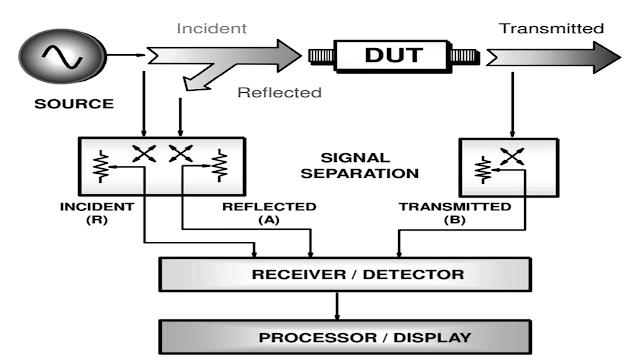What Is a Linear Actuator and Most Common Uses for Linear Actuator
What Is a Linear Actuator? A linear actuator changes the rotational motion of a motor into a straight line. Conventional electric motors move in a circle, while linear actuators move forward and backward. The push and pull action allows the device to slide, tip, and lift items with the push of a button. The design provides operators accurate and precise control over the production. The fluid movement means the linear actuator requires minimal maintenance over its lifespan and comes with natural energy efficiency. They are easier to install than their hydraulic or pneumatic counterparts, cost less, and take up significantly less room. When to Use a Linear Actuator Manufacturers leverage linear actuators in tools and industrial machines, such as printers, sprayers, computers, and valves. Choosing an actuator depends on the product, with hydraulic actuators powering hydraulic car jacks and pneumatic actuators often powering pistons and ignition chambers. Each of these devices offers...






